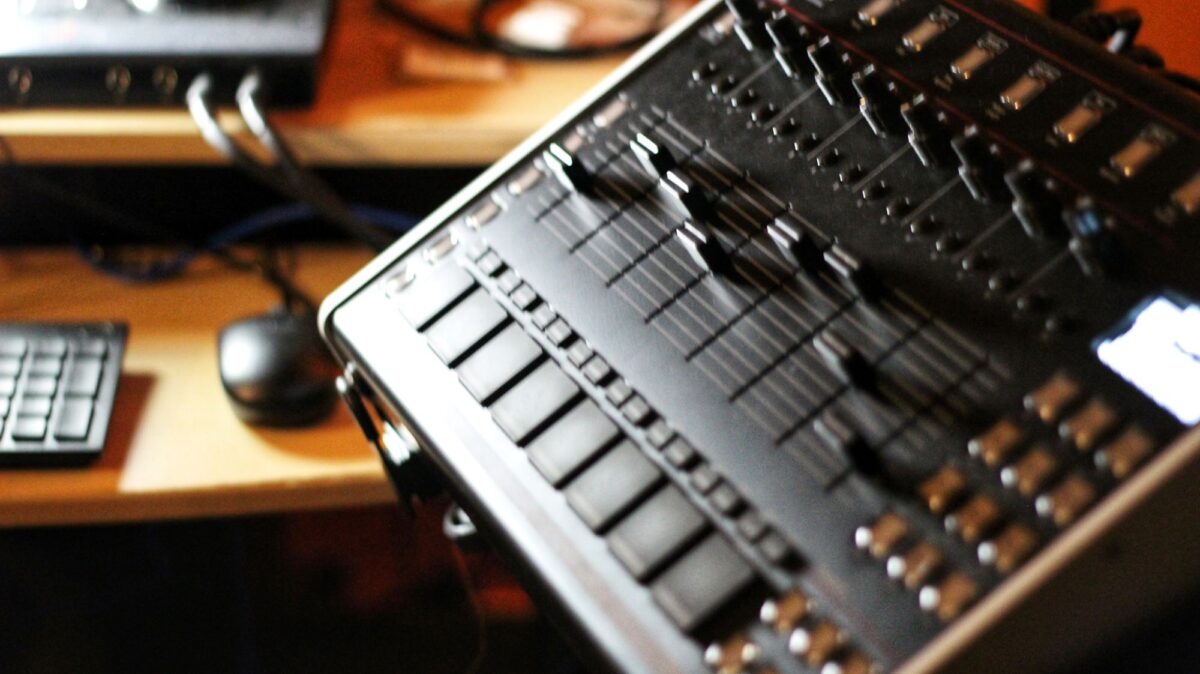
When it comes to Hip-Hop, the Boom Bap beat is a classic and timeless sound that has captured the hearts of music enthusiasts for decades. Its infectious groove, heavy drum breaks, and soulful samples are the foundation of many iconic tracks. If you’re a music producer looking to dive into the world of Boom Bap beats, this guide will take you through the step-by-step process of creating your own.
Understanding Boom Bap Beats
Before we dive into the beat-making process, let’s take a moment to understand what Boom Bap beats are all about. Boom Bap is a subgenre of Hip-Hop that emerged in the 1990s and is characterized by its hard-hitting drums and sample-based melodies. It’s known for its gritty, raw, and nostalgic sound that harkens back to the golden era of hip-hop.
Equipment Needed
To create a Boom Bap beat, you’ll need some essential equipment:
1. Digital Audio Workstation (DAW) Or Hardware: Choose a DAW or Hardware that suits your preferences and workflow. Popular options include Akai MPC X, Isla Instruments s2400, Maschine, Ableton Live, FL Studio, and Logic Pro.
2. Drum Samples: Look for drum sample packs that contain classic drum sounds from vintage drum machines, such as the Akai MPC and the SP-1200.
3. Sampler or Drum Machine Plugin: To add that authentic Boom Bap feel, consider using a sampler or drum machine plugin that emulates the sound of iconic hardware devices.
4. MIDI Controller: While not necessary, a MIDI controller with drum pads can help you create drum patterns and play melodies more intuitively.
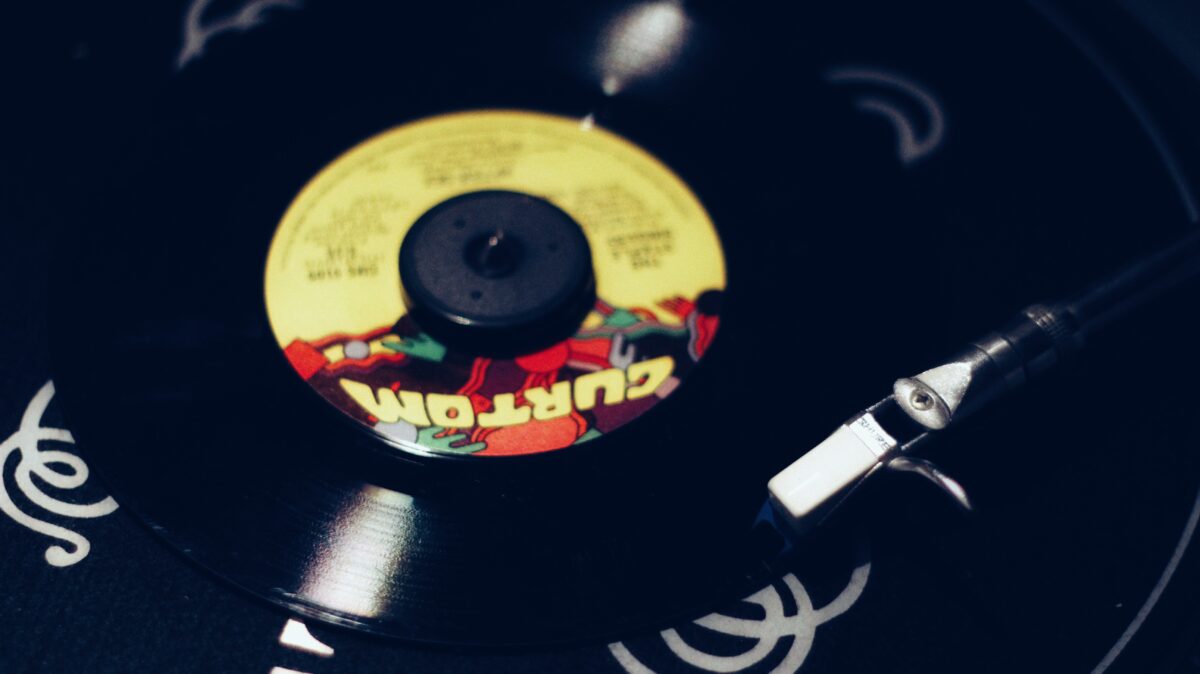
Finding the Right Samples
One of the key elements of Boom Bap beats is the use of samples. Here’s how you can find the right samples:
1. Dig in the Vinyl Crates: Explore old vinyl records in various genres, such as funk, soul, jazz, and R&B. Look for drum breaks, melodic loops, and interesting sounds that you can sample.
2. Online Sample Libraries: There are many websites and platforms that offer sample packs specifically designed for hip-hop and Boom Bap beats. Explore these libraries to find high-quality samples that suit your style.
Chopping and Manipulating Samples
Once you have your samples, it’s time to chop and manipulate them to create unique patterns and melodies. Here’s how:
1. Load Samples into Your DAW or Hardware: Import your samples into your DAW and place them on separate tracks or channels.
2. Slice and Dice: Use the slicing tools in your DAW to cut up the samples into smaller segments. Experiment with different slice points to create interesting rhythms.
3. Time-Stretching and Pitch-Shifting: Explore time-stretching and pitch-shifting techniques to manipulate the samples further. This allows you to match the tempo of your beat and create different musical effects.
4. Arrange the Chopped Samples: Arrange the chopped samples on your timeline to create the foundation of your beat. Experiment with different combinations and patterns to find the groove that resonates with you.
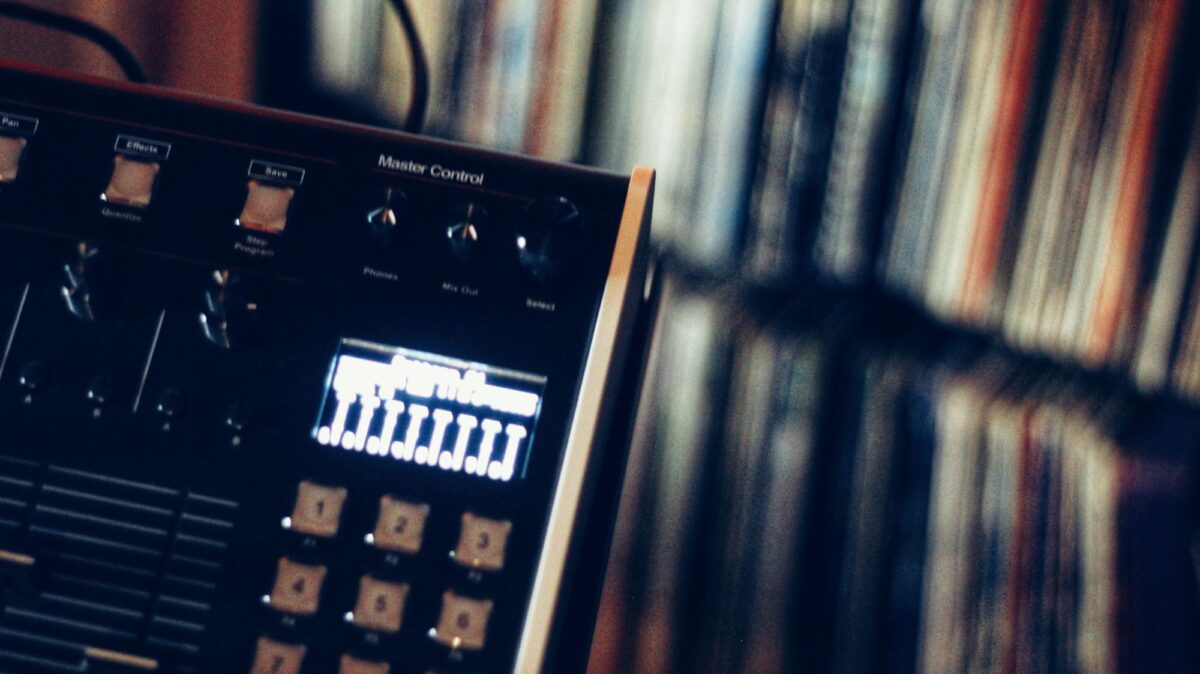
Building the Drum Pattern
The drum pattern is the heartbeat of any Boom Bap beat. Here’s how you can create a solid drum pattern:
1. Choose the Right Drum Sounds: Select drum sounds that complement the samples you’ve chopped. Look for kicks, snares, hi-hats, and other percussion elements that have a punchy and vintage vibe.
2. Program the Kick and Snare: Start by programming a simple kick and snare pattern. The kick usually hits on the first and third beats of each bar, while the snare lands on the second and fourth beats.
3. Add Hi-Hats and Percussion: Layer in hi-hats and other percussion elements to add movement and groove to your drum pattern. Experiment with different rhythms and variations to create a unique feel.
4. Experiment with Swing: Apply swing or shuffle to your drum pattern to give it a loose and funky feel. This adds a human touch and makes the beat more dynamic.
Creating the Bassline
The bassline adds depth and richness to your Boom Bap beat. Here are some tips for creating a compelling bassline:
1. Choose the Right Bass Sound: Look for bass sounds that have warmth and presence. Classic analog-style bass sounds work well for Boom Bap beats.
2. Program a Simple Bassline: Start by programming a simple bassline that follows the root notes of your chords or sample. The bassline should complement the drum pattern and provide a solid foundation for the melody.
3. Add Variations and Riffs: Once you have a basic bassline, experiment with variations and riffs to make it more interesting. Incorporate slides, octaves, and other melodic techniques to add movement and groove.
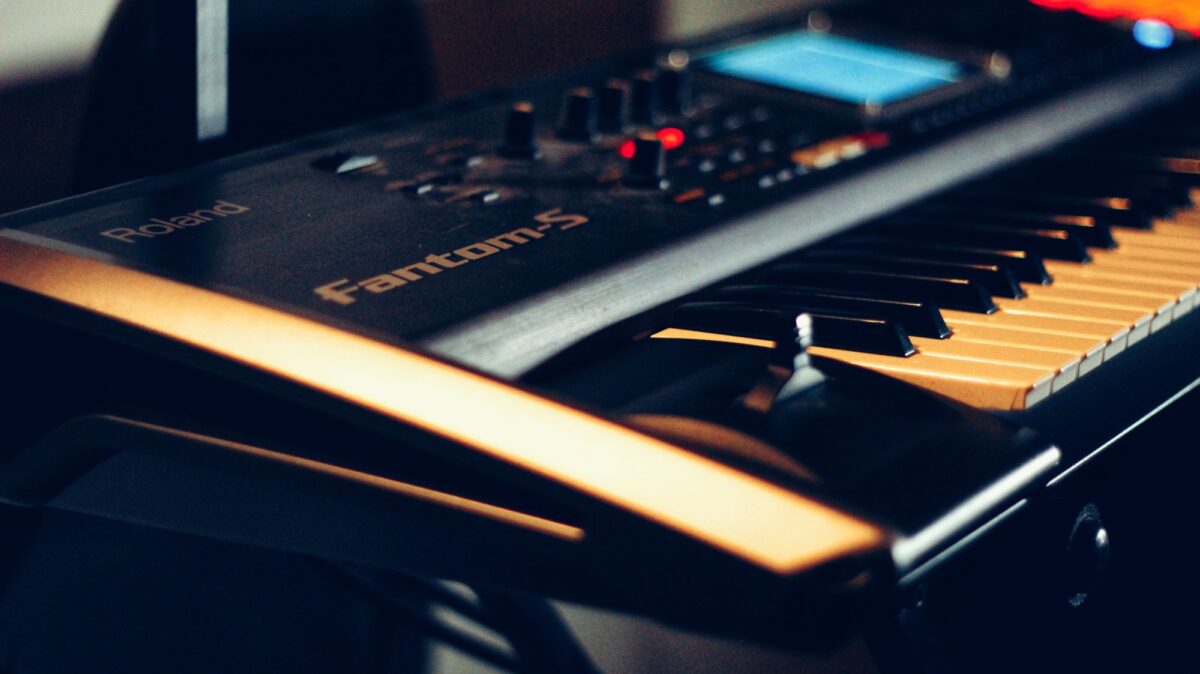
Adding Melodic Elements
Melodic elements, such as samples, keys, or synths, bring texture and emotion to your Boom Bap beat. Here’s how you can add them:
1. Choose Melodic Samples: Look for melodic samples that complement the mood and atmosphere of your beat. Chopped and manipulated samples can add a unique flavor to your melodies.
2. Play or Program Melodies: Use a MIDI controller or your computer keyboard to play or program melodies. Experiment with different scales, chord progressions, and musical ideas to create catchy and captivating melodies.
3. Layer Melodic Elements: Layer different melodic elements, such as samples, keys, or synths, to create depth and complexity in your beat. Pan and EQ each element to create separation and clarity.
Layering and Arranging
To make your Boom Bap beat more dynamic and engaging, consider layering and arranging different sections. Here’s how you can do it:
1. Create Intro, Verse, and Chorus Sections: Structure your beat by creating different sections, such as an intro, verse, and chorus. Each section can have its own unique elements and arrangement.
2. Layer Additional Percussion and Effects: Add additional percussion elements, such as shakers, tambourines, or vocal snippets, to enhance certain sections of your beat. Incorporate effects like risers, sweeps, or vinyl crackles to add transitions and atmosphere.
3. Experiment with Breakdowns and Builds: Introduce breakdowns and builds to create tension and release in your beat. Strip down the instrumentation or add layers gradually to add excitement and dynamics.
Adding Effects and Transitions
Effects and transitions play a crucial role in adding polish and character to your Boom Bap beat. Here’s how you can use them:
1. EQ and Compression: Use EQ to shape the tone of individual elements and create space in the mix. Apply compression to control the dynamics and add punch to your drums.
2. Reverb and Delay: Experiment with reverb and delay to add depth and space to your beat. Apply these effects to individual elements or use send/return tracks for a cohesive sound.
3. Filter and Modulation Effects: Explore filter effects, such as low-pass or high-pass filters, to shape the sound and create interesting movement. Modulation effects like chorus, phaser, and flanger can add texture and character to your beat.
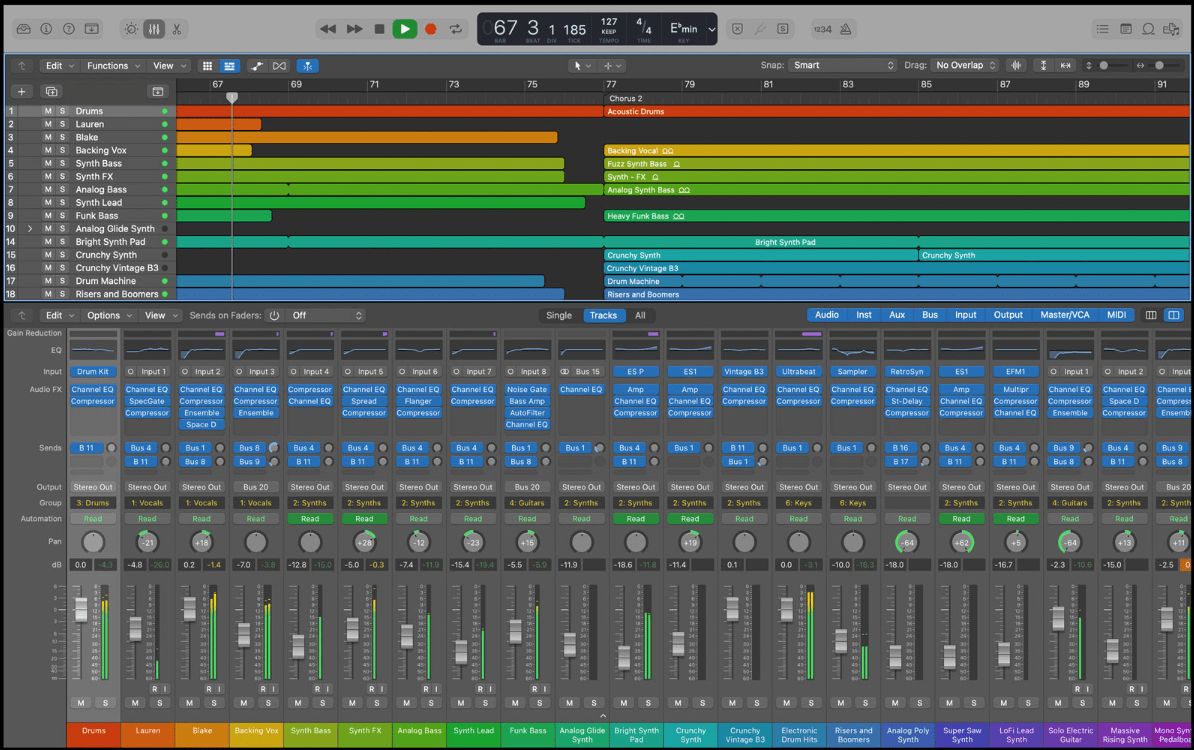
Mixing and Mastering
To give your Boom Bap beat a professional sheen, it’s important to mix and master it properly. Here are some tips:
1. Balancing Levels: Ensure that each element in your beat is balanced and sits well in the mix. Use volume faders and panning to create a sense of space and separation.
2. EQ and Compression: Fine-tune the EQ and compression settings for individual elements to achieve clarity, balance, and cohesiveness in your mix.
3. Stereo Imaging: Use stereo imaging techniques, such as panning, stereo wideners, or mid/side processing, to create a wide and immersive stereo field.
4. Mastering: Apply mastering techniques to enhance the overall loudness, clarity, and punch of your beat. Use EQ, compression, and limiting to achieve a polished and professional sound.
Exporting and Sharing
Once you’re satisfied with your Boom Bap beat, it’s time to share it with the world. Here’s how:
1. Exporting Audio: Export your beat as a high-quality audio file, such as WAV or MP3, using your DAW’s export function. Choose the appropriate settings for the desired format and quality.
2. Metadata and Tagging: Add relevant metadata, such as track title, artist name, and genre, to your exported audio file. This information helps with organization and recognition when sharing your beat.
3. Uploading and Sharing: Upload your beat to music platforms, such as SoundCloud, YouTube, or Beatstars. Share it on social media and engage with the Hip-Hop community. Collaborate with artists and producers to expand your reach.
Conclusion
Creating a Boom Bap beat is a journey of creativity and self-expression. By understanding the core elements, experimenting with samples and melodies, and honing your production skills, you can craft unique and captivating beats that pay homage to the golden era of Hip-Hop.
